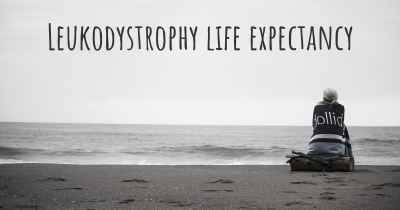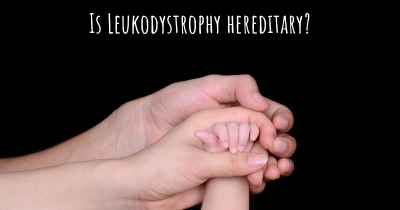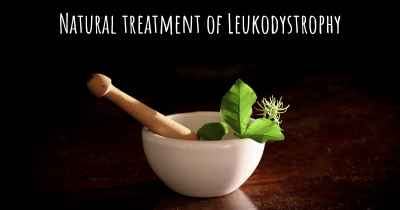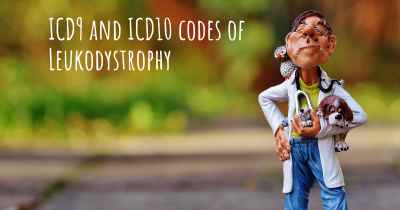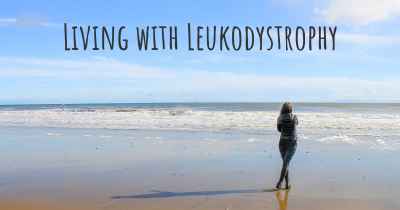What is the history of Leukodystrophy?
When was Leukodystrophy discovered? What is the story of this discovery? Was it coincidence or not?
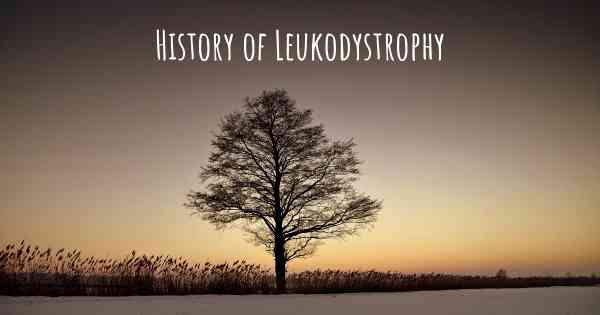
Leukodystrophy is a group of rare genetic disorders that affect the white matter of the brain, leading to the progressive degeneration of the myelin sheath. The myelin sheath is a fatty substance that surrounds and protects nerve fibers, allowing for efficient transmission of electrical signals in the brain. When the myelin sheath is damaged or absent, as in leukodystrophy, the communication between nerve cells becomes disrupted, resulting in a range of neurological symptoms.
The history of leukodystrophy dates back to the early 20th century when the first cases were described. In 1923, a German neurologist named Franz Alexander discovered a rare disorder characterized by the degeneration of white matter in the brain. He named this condition "metachromatic leukodystrophy" (MLD) due to the presence of abnormal substances called metachromatic granules in the affected tissues.
Over the following decades, researchers made significant progress in understanding leukodystrophy and identifying different subtypes. In 1944, a French neurologist named Jean-Martin Charcot described a distinct form of leukodystrophy that primarily affected infants. This condition, known as Krabbe disease or globoid cell leukodystrophy, is caused by a deficiency of an enzyme called galactocerebrosidase.
Throughout the 20th century, advancements in medical technology and genetic research allowed for the identification of several other types of leukodystrophy. These include adrenoleukodystrophy (ALD), Canavan disease, Alexander disease, and Pelizaeus-Merzbacher disease, among others. Each subtype is characterized by specific genetic mutations and presents with unique clinical features.
With the advent of genetic testing and improved diagnostic techniques, the understanding of leukodystrophy has continued to evolve. Researchers have identified more than 50 different genetic mutations associated with various forms of leukodystrophy. This knowledge has not only facilitated accurate diagnosis but has also paved the way for potential treatments and interventions.
Today, the field of leukodystrophy research is focused on developing therapies to slow down or halt disease progression. Stem cell transplantation, gene therapy, and enzyme replacement therapy are among the emerging treatment approaches being explored. While there is currently no cure for most leukodystrophies, early detection and intervention can help manage symptoms and improve the quality of life for affected individuals.
In conclusion, leukodystrophy is a group of rare genetic disorders that affect the white matter of the brain. The history of leukodystrophy dates back to the early 20th century, with significant progress made in understanding the different subtypes and genetic mutations associated with the condition. Ongoing research aims to develop effective treatments and interventions to improve the lives of individuals affected by leukodystrophy.
Posted Aug 7, 2017 by Todd 2340
